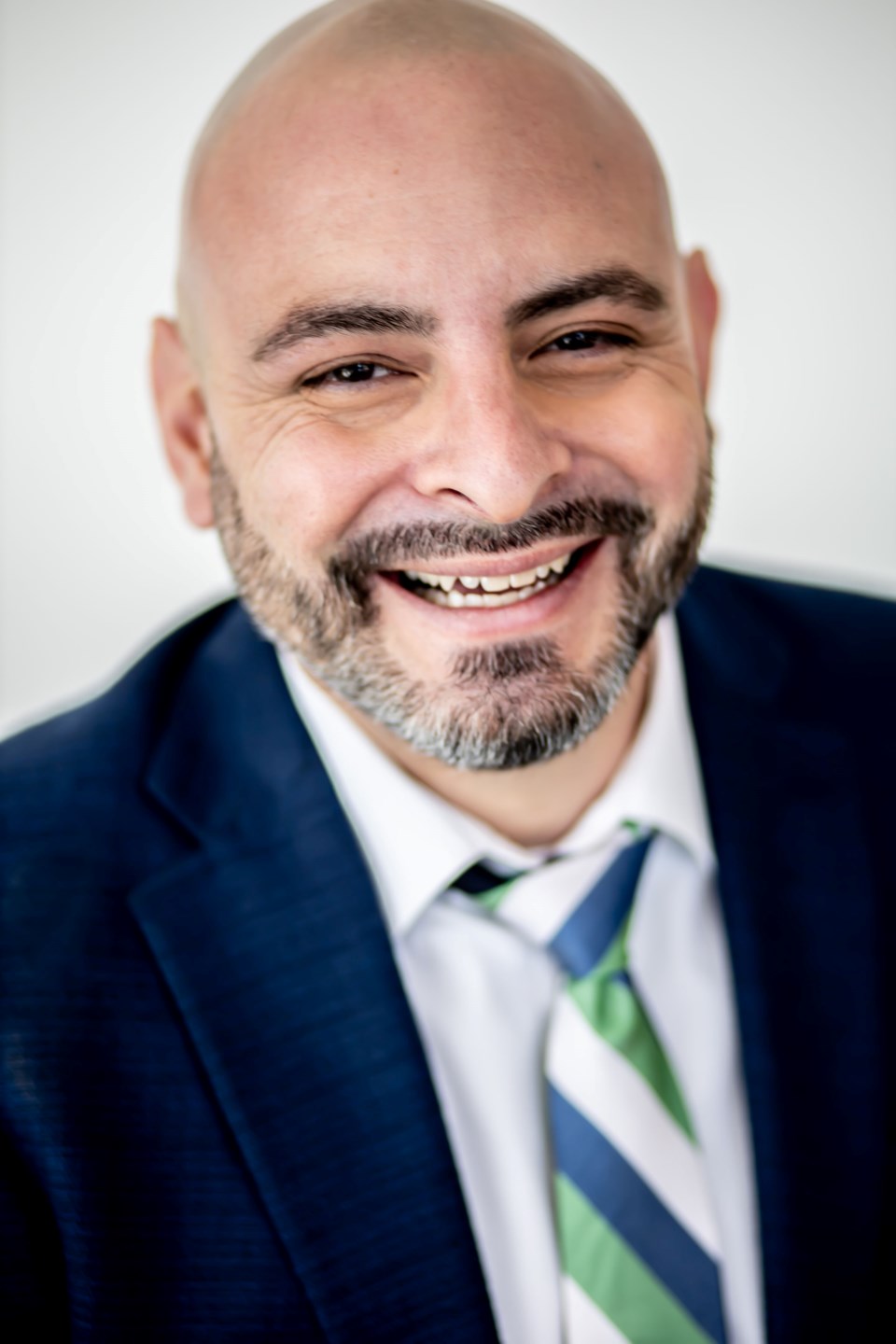Abenicio Rael said he wanted to work at an institution of higher learning that took diversity among faculty and students seriously. The 40-year-old Rael found the ideal spot at Front Range Community College.
“There are so many places that say they want more diversity and inclusion but all they want is to just check the boxes and then say ‘Well that’s it, we did it’ and they move on,” Rael said. “But I could tell Front Range was not just checking off a list. They wanted to do something seriously.”
Rael also wanted to do more on the ground work to develop programs to let minority and marginalized students feel comfortable in a college setting.
“Here at Front Range, I felt I could work at the most basic level to achieve something for all students so they could all feel they could succeed,” he said.
Rael was hired in January to be FRCC’s first executive director of equity and inclusion. He comes from the University of Colorado Denver, where he has held positions supporting — and advocating for — marginalized students, according to a new release.
In his most recent role as director of Latinx student services, Rael led development of the university’s Equity Plan. He also was appointed by the chancellor to lead a task force preparing CU Denver to become designated a Hispanic Serving Institution by the U.S. Department of Education, the release states.
Rael will take on the same role at FRCC.
A Hispanic Serving Institution is a college or university that has an enrollment of undergraduate full-time equivalent students that is at least 25% Hispanic students.
The designation opens the door for federal funding to expand educational opportunities for Hispanic-Americans and other underrepresented populations, according to the U.S. Department of Education.
FRCC President Andy Dorsey said the college — which includes a campus in Longmont — now has a 24% Hispanic enrollment and Rael will be instrumental in attracting young Latinx students to Front Range to reach the 25% milestone.
“His peers and the people I know think he is a very strong fit for a community college and what we do here,” Dorsey said. “He will expand our vision of what we want to do here.”
One of Rael’s first tasks is to head up a series of training sessions with FRCC faculty to make classes more inclusive for students with diverse backgrounds, Dorsey said. The goal is to grow FRCC to ensure its viability for the future, he said.
“There would be absolutely no point to doing this and hiring Rael if it were to just check the boxes,” Dorsey said. “We want to serve our community better and to do so we have to make measurable and meaningful changes.”
More colleges and universities are embracing diversity among faculty and students because different perspectives allow students a bigger worldview, Monica Inzer, vice president for enrollment management at Hamilton College in New York, recently told U.S. News and World Report.
“Their learning is elevated to a different level because they can appreciate and understand and hear from someone from a different background, which may change their thinking,” Inzer told the magazine.
A new report by the American Council on Education indicates the student population in U.S. higher education is more diverse than ever, according to the Association of American Colleges and Universities. The report — as cited by the association — states that students of color made up 29.6% of the undergraduate population in 1996 and 45.2% in 2016. The share of graduate students of color increased from 20.8% to 32% in the same time period.
The report also found that the racial and ethnic make up of full-time faculty, staff and administrators, is still “predominantly white,” according to the Association of American Colleges and Universities.



